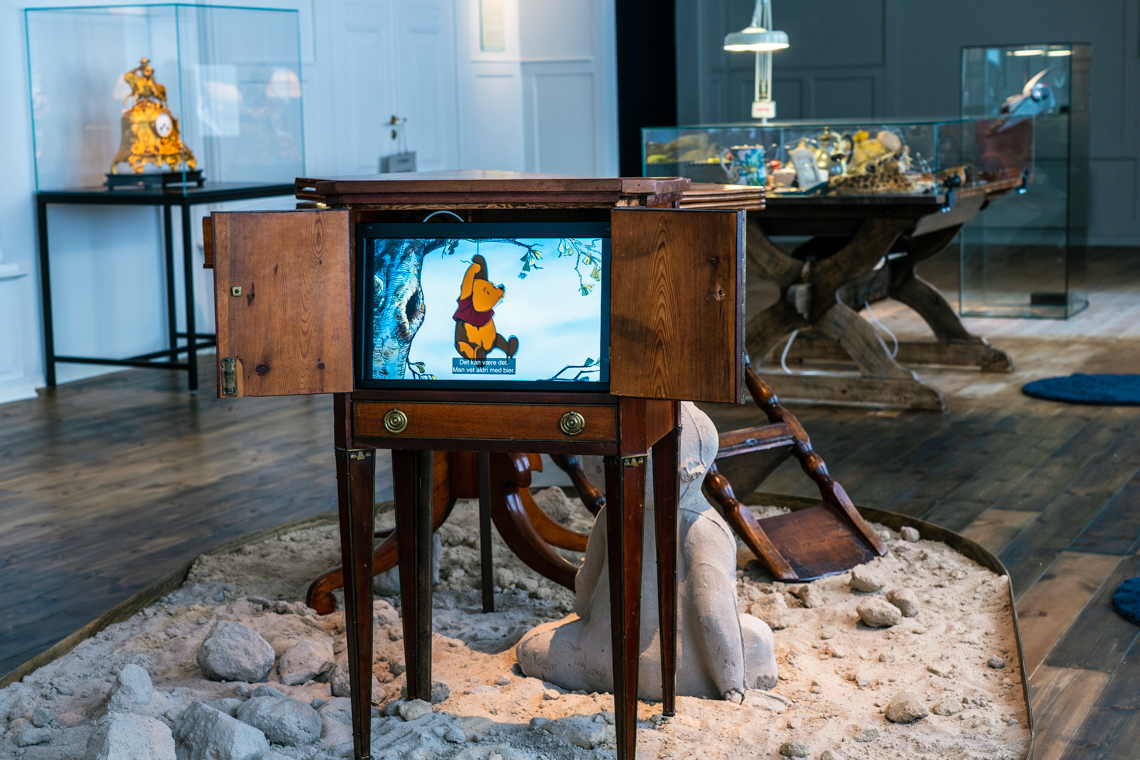Since the beginning, Perspektivet Museum has always had a strict policy regarding its collections. We have only taken in new objects or photographs when they have been relevant for our contemporary documentary projects. One of very few exceptions to this policy is Cora Sandel/Sara Fabricius, who for several years has been a focus for us when it comes to research, education and collection.
Inheritance from two earlier museums
When Perspektivet Museum was established in 1996, the collections from Troms Folkemuseum and Tromsø bymuseum were incorporated into the new institution. Most of this material dates from 1800-1950. While Troms Folkemuseum largely collected tools, furniture and other objects from coastal farms and trading places, Tromsø bymuseum was concerned with the life of the town’s bourgeoisie, trade and industries.
A fair amount of the material from these two museums was in poor condition and very little of it had been catalogued when we received it. Today we have a good idea of what the collections contain, but we are still working to register the objects and to evaluate their condition.
Perspektivet Museum makes use of relevant objects from the collections of these two earlier museums, both in our own exhibitions and through loans to other institutions.
Why Cora Sandel?
The reason for the museum’s interest in Sandel/Fabricius is that we are located at Storgata 95 – the artist’s home in her younger years, a time in her life when she dreamed for becoming a painter. When her son Erik Jönsson died in 2016 he left 25 of his mother’s paintings to Tromsø local council. Today these works are looked after by Perspektivet Museum. Other members of her family have also donated a large number of historical objects, books, photographs, sketches and documents to the museum.
Parts of the Sandel/Fabricius collection can be seen on Digital Museum.
